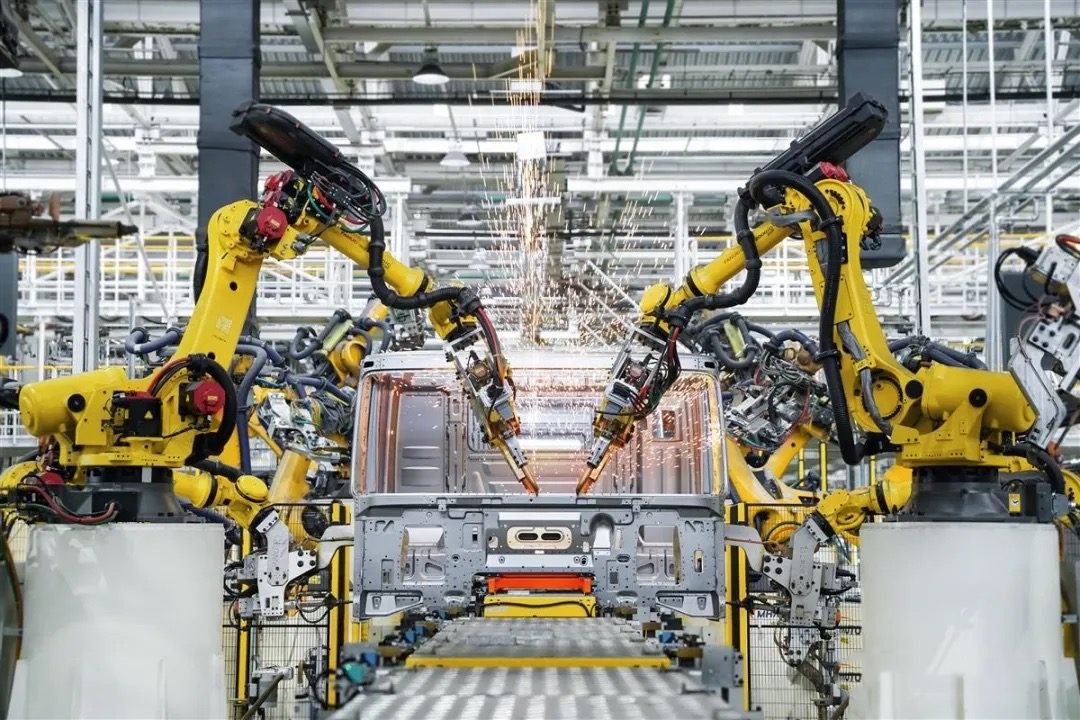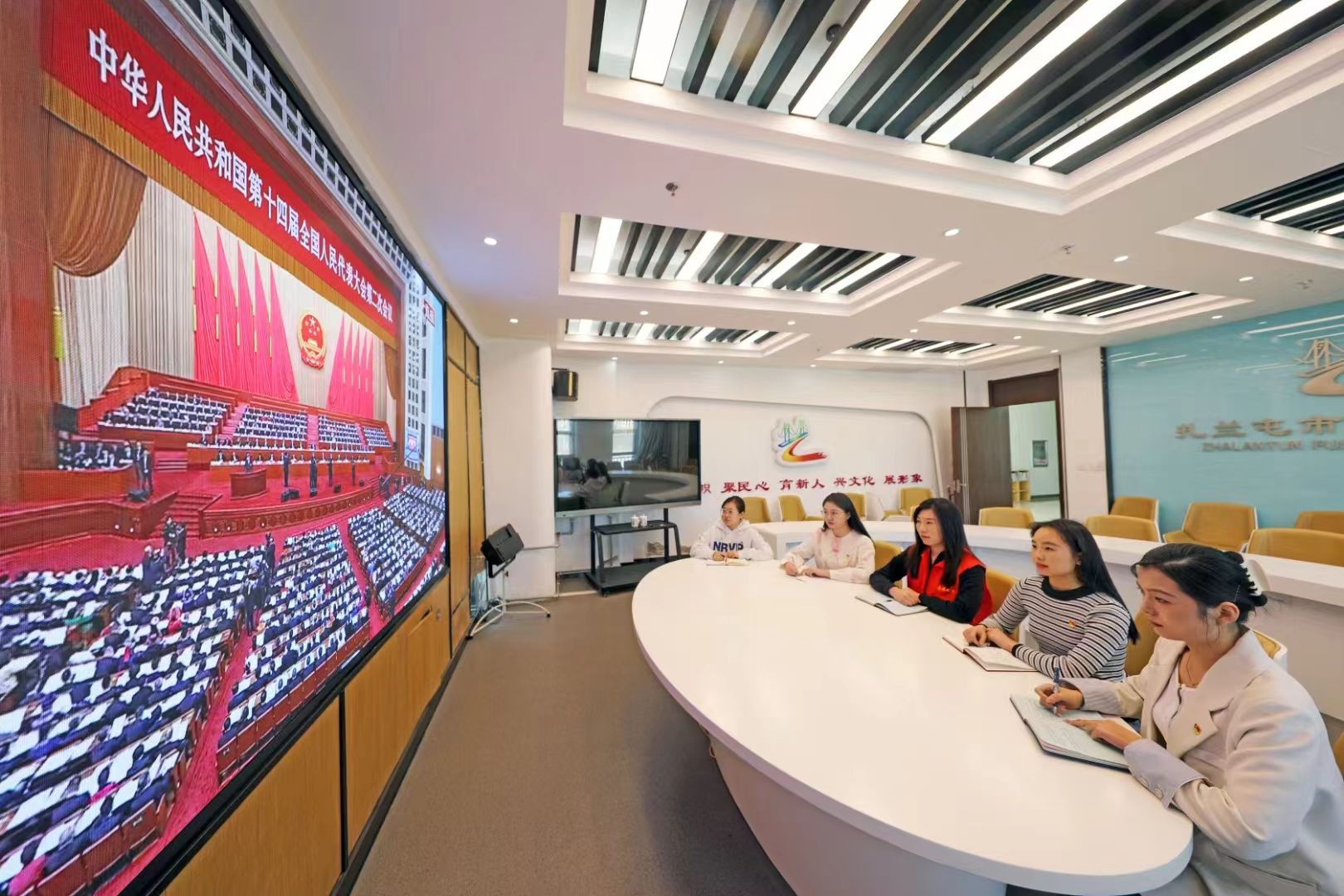Baogang continues to show its steel
Located in North China, Inner Mongolia autonomous region is not only famous for its vast grassland, but also its great mineral resources.
As a result, Baogang Group, the region's largest iron and steel manufacturer, which was established in Baotou in 1954, has played a significant role in China's development.
In the early 1950s, the volume of steel and iron produced in China was low. As the country was at a crucial point in the development of its economy through industrialization, iron and steel-important raw materials for infrastructure construction-played key roles.
Furnace
In April 1958, Baogang started building Inner Mongolia's first, and China's biggest, steel furnace.
However, the construction process encountered problems due to a shortage of raw materials and necessary equipment. On Jan 9, 1959, People's Daily published an article outlining the importance of the furnace to the country's development and called for efforts from people nationwide to support the project.
Construction of the furnace, which had a maximum capacity of 1,513 cubic meters, was officially completed on Sept 26, 1959. Zhou Enlai, the first premier of the PRC, attended the ribbon-cutting ceremony at Baogang's plant on Oct 15 the same year. The ceremony marked the beginning of iron and steel production in Inner Mongolia.
"It's a remarkable history that all Baogang's staff members are proud of. It was a miracle that such a big project could be completed at a time when our country was still in the very early stages of modernization," said Zhang Hui, from the group's technical center.
"This history reminds younger generations to pass on the 'red spirit' and always bear their responsibilities in mind. The older generation's efforts encourage us to always be undaunted and brave when faced with difficulties and challenges."
Production, assets
In recent decades, Baogang has seen its total steel production rise to 260 million metric tons per annum.
By the end of last year, the company's total assets were 174 billion yuan ($27 billion), making it one of the world's largest industrial producers of rare earths and China's leading steel industry player.
So far, the group has produced 3.12 million tons of rails for the high-speed rail network. That is equivalent to more than 10,000 kilometers and accounts for about one-third of the total existing length of China's high-speed railways.
"In recent years, Baogang has been ramping up efforts to expand its thriving business operations in greener ways," said Tan Junqing, deputy director of the ecological design center.
To save energy and reduce carbon emissions, the group has established an environmental management mechanism and set up an environment monitoring center to reinforce official supervision of the region's environmental protection.
During the past five years, the group has invested more than 1.7 billion yuan in a series of environmental governance programs.
Compared with 2014, production-related emissions of sulfur dioxide and ammonia dropped by 36,537 tons and 5,166 tons, respectively, last year.
In addition, the environmental quality of the company's production area has improved thanks to the launch of several afforestation development projects.
By the end of last year, the greenery coverage rate across the production facility was 46.9 percent, with the vegetation coverage over its tailings dam-an earth-filled embankment dam used to store the byproducts of mining operations-amounting to more than 600,000 square meters.
Between 2014 and last year, the group's accumulated energy consumption per ton of steel had fallen from 660 kilograms of standard coal to 650 kg, according to the office.
"Baogang has joined China's efforts to pursue a green development path via technological innovation," said Liu Zhengang, the group's chairman.
'Green', 'intelligent'
"We will strengthen our investment in innovation, upgrade our clean energy facilities and reduce carbon emissions. 'Green' and 'intelligent' will be the key words in the group's strategy in the next few years," he added.
In addition to focusing on green development, Baogang is taking advantage of its rare earth resources and contributing to the country's high-quality development goals.
Headquartered in the Bayan Obo mining district, which holds the world's largest rare earth reserves (62 percent of the global total), Baogang has China's biggest scientific research and production center for the metals.
"Baogang's steel rails contain rare earths, giving them better wear resistance, toughness and impact performance. Steel railing is now our flagship product and is expected to play a greater role in the development of fields such as high-speed railways and new energy vehicles," Liu said.
Rare earth steel already accounts for more than 70 percent of the group's total metal production.
In the next five years, Baogang aims to boost its annual income to 80 billion yuan by selling steel and raise production levels to 1,500 tons per person a year, Liu said.
He said the group will strengthen cooperation with research institutes and colleges to further improve its exploration technology and pursue safe and sustainable development.



 Print
Print Mail
Mail





